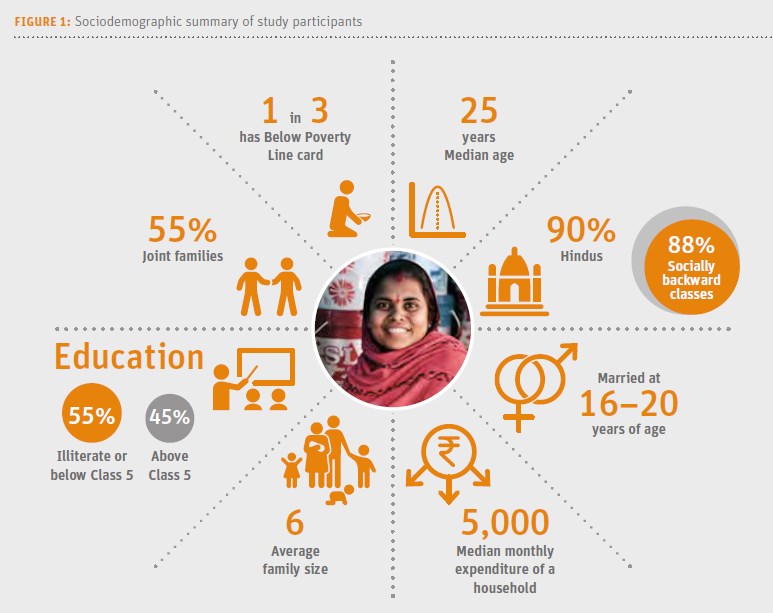Improving dietary intakes among pregnant and lactating women in Rajasthan, India
Key Points
- Food-based approaches reduce nutrient gaps through foods that are consumed at meals, but snacking is usually not explored as an eating occasion.
- A study carried out in Rajasthan in 2017 shows that foods consumed through meals may meet 100 percent of the Recommended Daily Allowance (RDA) but are 5.6 times
more expensive than snacks. Snacking 2–3 times per day may meet 25–50 percent of the daily RDA for calories and nutrients, depending on the food combinations. - Given the large nutrient gaps among pregnant and lactating women (PLW), signifcant household resources are needed to meet their nutritional needs. Gender-sensitive interventions that could help address inadequate intakes include food vouchers for milk and fruit, fortifcation of roti four and targeted supplementation during pregnancy and lactation.
Research paper published in Sight and Life Magazine – Written collaboratively by Prachi Pandit with Eva Monterrosa, Goutam Sadhu, DK Mangal, Varsha Rani, Ashish Bandhu, Roli Singh, Raghwesh Ranjan, Manjula Singh, Saul Morris, Ashish Deo
